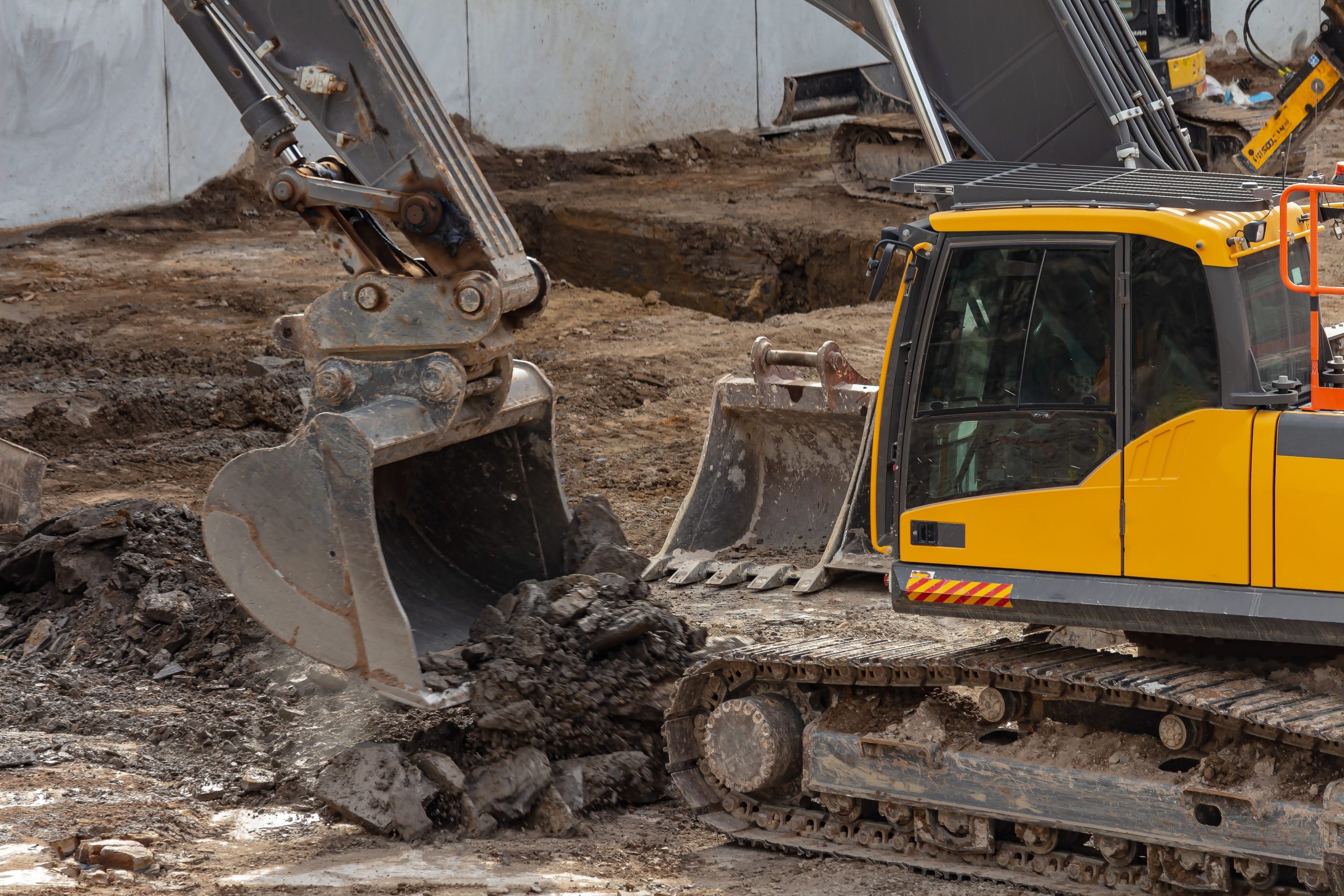
Construction-related pipeline incidents in 2022 were up by 57%, according to the latest report from Linewatch, the pipeline safety and awareness group.
These incidents involved construction workers and developers working in close proximity to high-pressure oil, gas, and chemical pipelines without proper authorization. Out of the 316 reported incidents, 40% were attributed to contractors and developers.
“Everyone seems to assume that high-pressure pipelines carrying flammable oil, gas, and chemicals are buried too deep underground to hit. In fact, they can be buried as little as three feet below the surface,” says Murray Peat, Manager at Linewatch.
Peat highlights the long-standing issue of construction workers disregarding the safety of the UK’s underground network of high-pressure pipelines. While reporting has shown improvement in 2022, the 57% increase underscores the urgent need for further education and engagement with developers and contractors across the country.
The infringements range from individuals working near pipelines without the necessary permissions or the owner’s knowledge to instances of accidental damage or impact to the pipelines themselves.
According to Linewatch’s annual Infringement Report, almost half (45%) of the recorded infringements occurred despite the responsible parties being aware of the pipeline’s existence. This marks a 15% increase compared to the previous year and highlights a concerning lack of concern regarding the dangers associated with working near pipelines.
Among the recorded incidents, eight were classified as ‘high’ risk, indicating situations with the potential to cause severe damage or harm. However, this number represents a decrease compared to the previous year. Conversely, ‘low’ risk incidents saw a worrisome 44% increase in 2022, surpassing all other categories.
While ‘low’ risk incidents pertain to activities within an easement or wayleave that pose no immediate threat of damage, the rise in such incidents raises concerns about the potential for more severe breaches if they were to occur in closer proximity to the pipelines.
Data analysis reveals that the highest incidence of pipeline infringements occurred during the first and third quarters, coinciding with increased seasonal work involving activities such as fencing and excavation.
